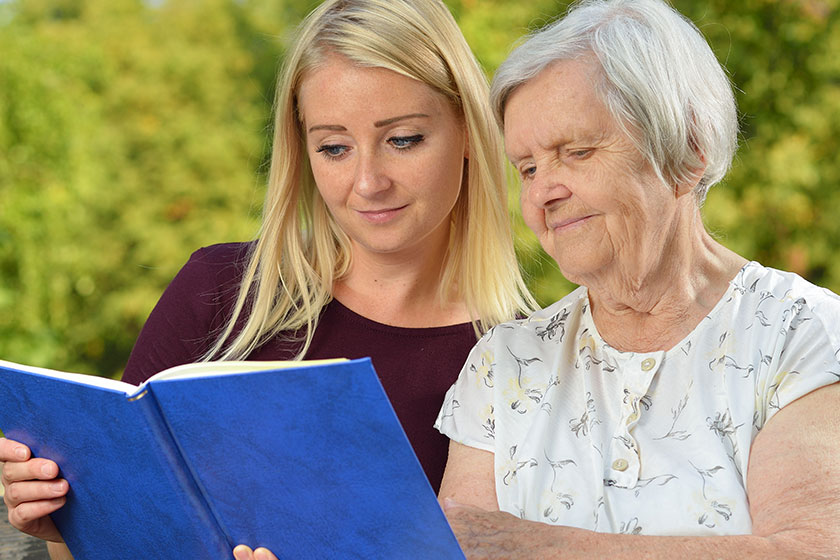Many individuals consider losing their eyesight to be one of the most devastating losses they may suffer. While most of us will not go blind, millions of people now suffer from some type of vision impairment. While vision loss is typical as people become older, it can be especially difficult for the elderly to accept and adjust to. This is especially so when other senses begin to deteriorate as well. Use the following suggestions to ensure that an aging loved one takes adequate care of their eyes and utilizes all available resources to help them stay active despite vision loss. Here are some tips for helping the elderly with low vision.
Good Lighting Is Key
Keep the area well-lit, but be wary of glare. To boost contrast and prevent glare, use specialist lamps/bulbs and, if feasible, cover reflecting surfaces. Ensure that adequate illumination is available for any activities that your loved one participates in. Direct task lighting, for example, is ideal for reading, playing cards, or creating. For these chores, a tiny gooseneck or clip-on lamp may be useful. Another sort of lighting that works well for illuminating the kitchen and other big workspaces is under-counter lighting. Large illumination differences, such as a bright lamp beaming into a dark room, should be avoided. When task lighting is raised, the lighting in the surrounding room should be increased as well. Leaving lights on during the day helps to balance the brightness from interior and outdoor sources.
Take Steps to Minimize Fall Risks
To lessen the danger of tripping and falling at night, install nightlights in bedrooms, corridors, and restrooms. Remove any risks, such as rugs and electrical cords, from the room. Short or difficult-to-see furniture, such as a glass coffee or side table, should be replaced or relocated. For easy and safe travel, provide broad, clear, and level walking routes that go to all regions of the house. You may need to rearrange some furniture to make the house more navigable. Because this might be confusing at first, make sure to give your loved one additional help navigating about until they’ve learned the new layout. Larger-scale reorganizations may not be appropriate for some elderly, particularly those with memory problems.
Improve Household Layout
Assign areas for frequently used goods, always return items to the same exact location each time so that everyone knows where everything is. Using a box to keep similar goods might make it simpler to locate items such as keys, remote controls for devices, and other objects. Combining tactile and visual technologies can also make it easier for elders to manage their surroundings. Tactile systems are useful for people who have limited or no vision, or whose eyesight varies from day to day. Placing felt, rubber bands, sandpaper, or raised textured dots on items to denote their positioning or differentiate identical objects is an example of a tactile system.







